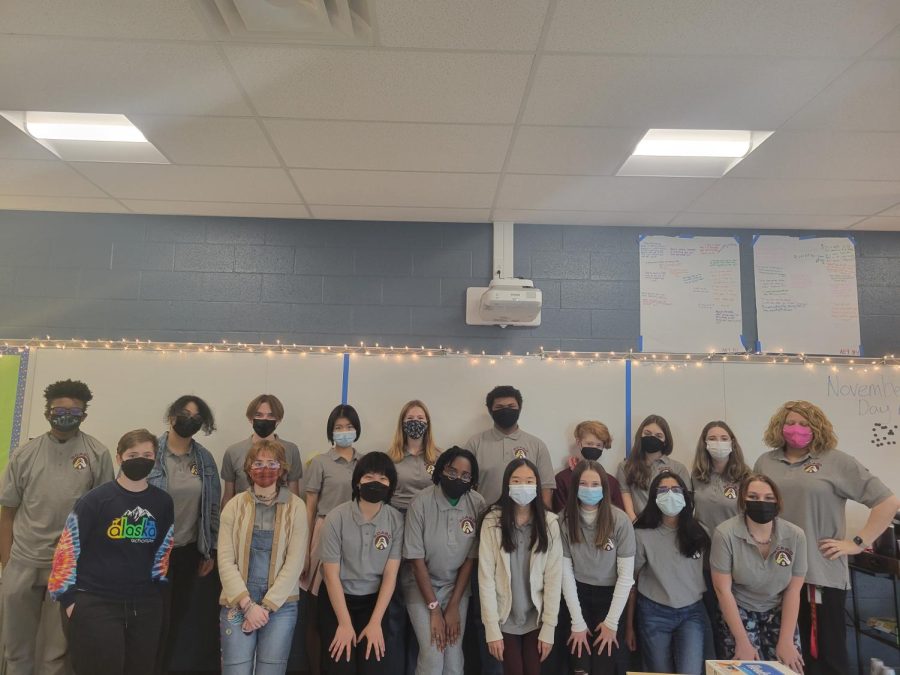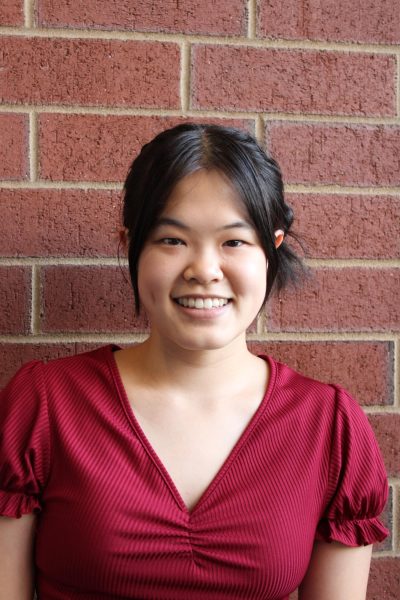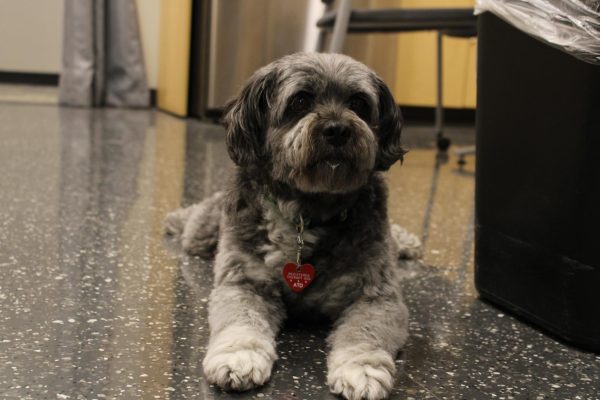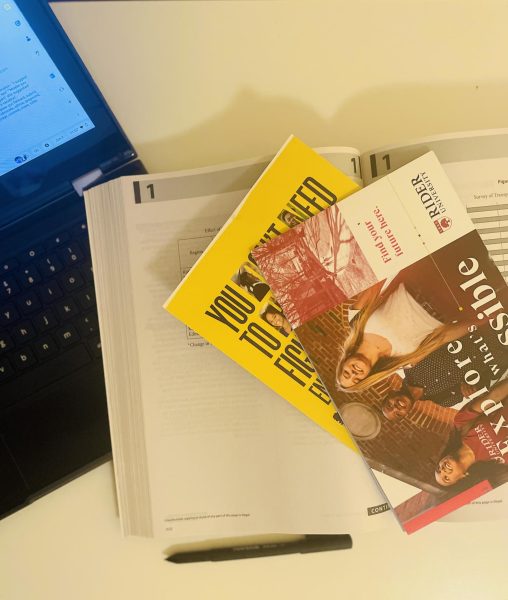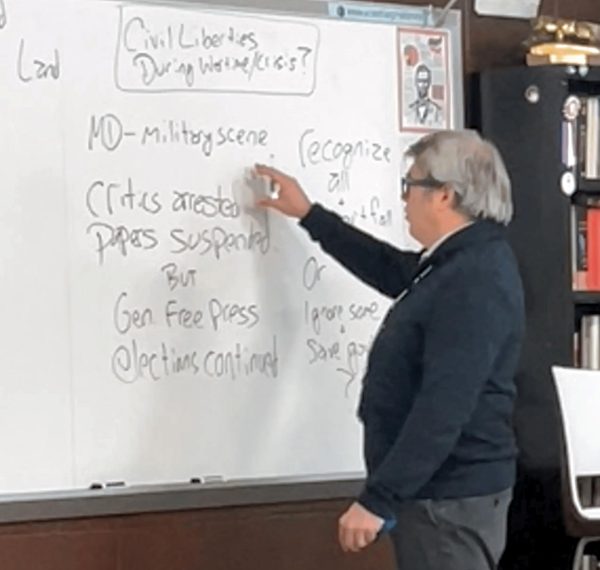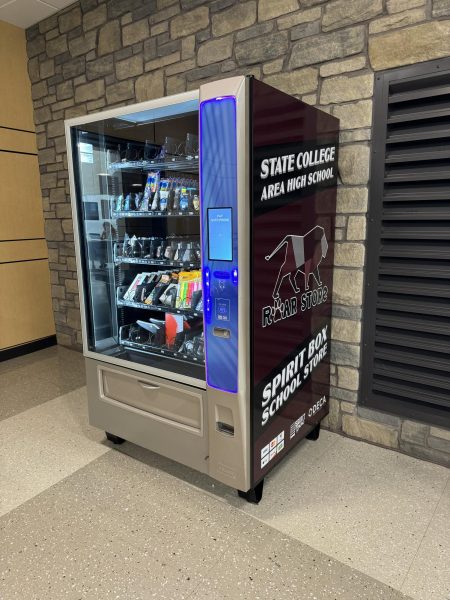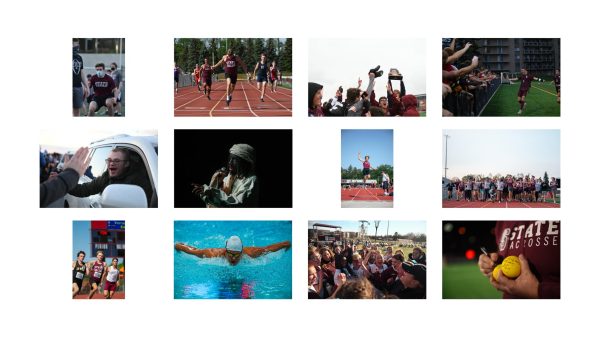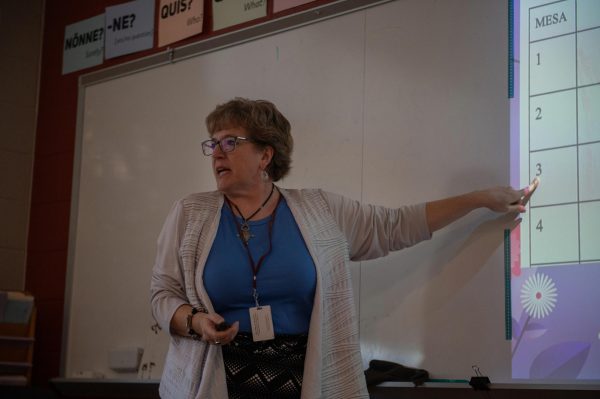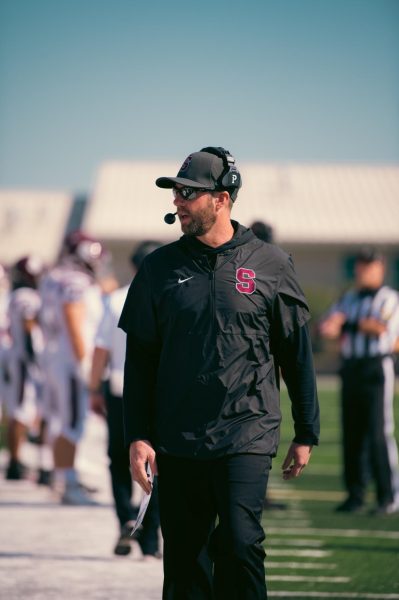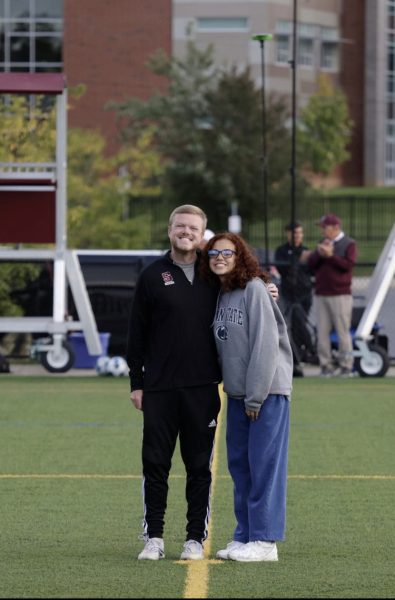Peer Advocates: Promoting Equity and Inclusivity School-Wide
March 22, 2022
Need someone to talk to, but don’t want to talk to an adult? The Peer Advocates’ peer counselors are always available. Have an equity concern? Pitch the problem to peer advocates, and they will work to resolve the conflict. With bi-weekly meetings in the H.O.M.E. office, peer advocates are always at work on a project. The State High Peer Advocates, an initiative that started in the summer of 2019, works with the overall goal to make the school environment more inclusive for all students.
Spreading equity and inclusivity throughout the school is a big task, which is why each of the fifty-one peer advocates has a specific role. These roles include being a peer counselor, helping run the Social Justice book club, being a R.E.A.C.T team representative, having an advocacy role, being a peer advocate presenter, facilitating small group discussions, and working as a community workgroup liaison. Freshman Manahil Sabeeh noted that her favorite part of being a peer advocate is being a part of this large community.
“You can basically go up to anyone in that group, and you see all their different values and leadership roles, and how they will impact their own community and better the school environment, ” Sabeeh proclaimed happily.
Other peer advocates expressed this same sentiment.
“I love being in touch with the community,” freshman Alex Haskins stated. “Being in the Peer Advocates program gives you insight on certain issues that are happening in our school, and that allows you to be a part of groups that help correct those issues. So every time we encounter something that conflicts with someone or something, we act on it and create something for it.”
While the sense of community among peer advocates is strong, advocates also expressed appreciation for the moral foundation behind the program.
“I think it is the basic foundation of peer advocacy itself that is just a really moral basis, and it is a club that is [st]riving for a better community,” freshman Luca Snyder said.
Even though being a peer advocate can be rewarding, students still encounter certain hardships, including fighting against administrators to change certain rules or protocols and encountering disturbing incidents.
“[The hardest part] goes hand-in-hand with learning about some of the issues within our school. Some of them are very upsetting, and sometimes hard to deal with,” Haskin remarked.
Not only can dealing with upsetting incidents be difficult, but it can also be hard for some advocates to speak out when they see something that goes against equity and inclusivity.
“The basic duty of a peer advocate is to advocate when you see inequities in school and in what people say around you. The hardest part is getting yourself to move past any fear you have in saying something,” Snyder commented. “That is the hardest part for me and something I am always working on.”
Despite these hardships, rewarding parts of the job range from gratitude from students to allowing students to feel accepted and safe again.
“The most rewarding part of being a peer advocate is probably when you see that your actions and your choices actually make an impact; when people go up to you, and they’re like ‘Thank you for doing this,’ or when you get an email that goes ‘Thank you, it really helped me or really helped with my issues,’” Sabeeh explained.
Synder had a different perspective on the rewarding parts of being a peer advocate.
“I feel very privileged to be able to work with the people that I do in peer advocacy, so I think the biggest reward is the interactions that I have with the wonderful people that I do things with,” Snyder shared about his experience with the community built within Peer Advocacy.
For Haskins, the most rewarding part is leaving a positive impact.
“I know that I am helping to make a difference. You know, with all the issues happening in our school, I’m there to support people and with programs like the peer counseling program, we’re actually able to talk to our peers and help them through some of the struggles that they face,” Haskins said.
There is no day off for these peer advocates. Currently, multiple projects are in the process of being created and launched.
“One thing that we’re doing in Peer Advocacy is the Pride Parade. We’re trying to organize the pride parade in June [or] around June, just specifically for our own school community,” Sabeeh said. “We’re also working on fixing the IMBA policies because they’re a bit questionable.”
Other projects have been around for longer, but continue to make an impact in the school community. Take peer counseling, for example. Sabeeh shared what peer counselors are currently working on.
“In peer counseling, which is a specific advocacy role I’m in, we’re working on more promotion-based [projects], [including] making video[s] and trying to get more people to know about it and have more sessions,” she said.
Snyder reflected on the peer counseling program and explained its overall goals.
“I think the peer counseling program is really cool,” Snyder said. “It’s an opportunity to learn about how people talk to other people, the impact that your words have, and how you can be a better human to the people around you.”
Those who are interested in becoming a peer advocate can sign up for this year’s Social Justice Summer Institute, which provides students with the necessary tools to be a peer advocate.

